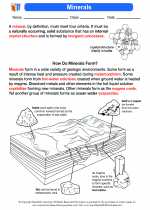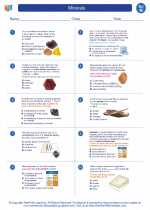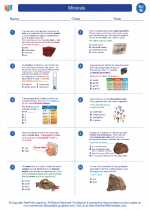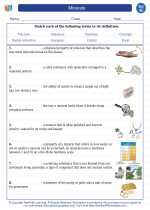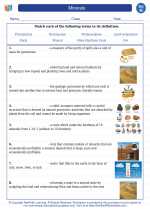Single-Celled Organisms
Single-celled organisms, also known as unicellular organisms, are living organisms that are made up of only one cell. This means that all of the organism's life processes, such as obtaining nutrients, excreting waste, and reproducing, occur within a single cell.
Characteristics of Single-Celled Organisms
- Structure: Single-celled organisms can have various shapes and sizes, but they all consist of a single cell that performs all necessary functions.
- Metabolism: They carry out all of their metabolic processes within the confines of a single cell.
- Reproduction: They can reproduce asexually through processes such as binary fission or budding.
- Mobility: Some single-celled organisms are capable of movement using structures like flagella or cilia.
- Adaptability: They can adapt to a wide range of environmental conditions.
Examples of Single-Celled Organisms
There are numerous types of single-celled organisms, including:
- Bacteria: These microscopic organisms are found in various environments and play important roles in ecosystems and human health.
- Protists: This diverse group includes organisms like amoebas, paramecia, and algae, and they can be found in aquatic and terrestrial environments.
- Yeast: A type of fungus that is commonly used in baking and brewing, and is composed of a single cell.
Study Guide
Here are some key points to remember about single-celled organisms:
- Define a single-celled organism and explain its characteristics.
- Identify and describe examples of single-celled organisms.
- Discuss the metabolic processes and reproduction methods of single-celled organisms.
- Explain the importance of single-celled organisms in various ecosystems and human activities.
- Compare and contrast single-celled organisms with multicellular organisms.
Understanding single-celled organisms is important in the study of biology and can provide insights into the fundamental processes of life at the cellular level.
.

